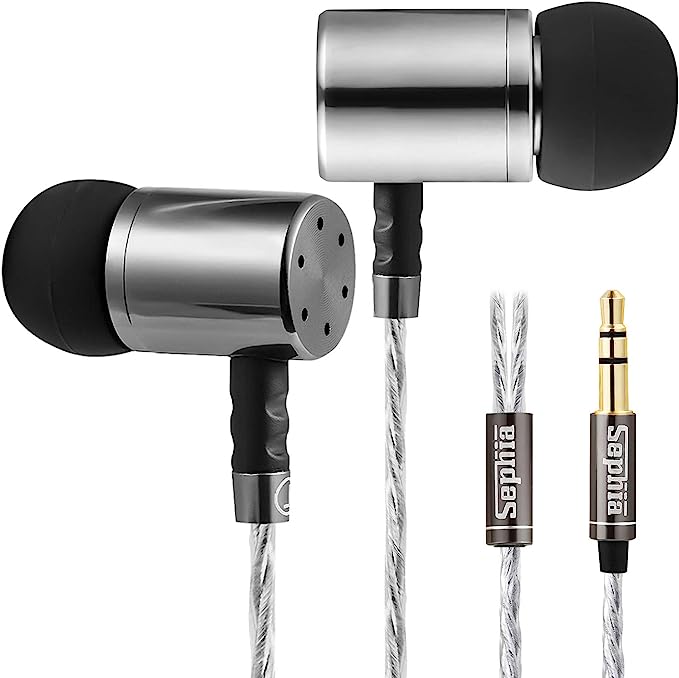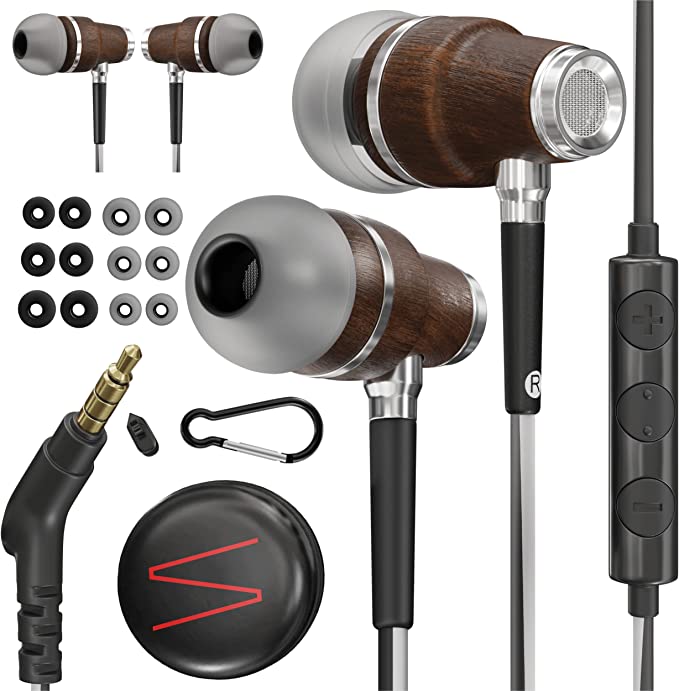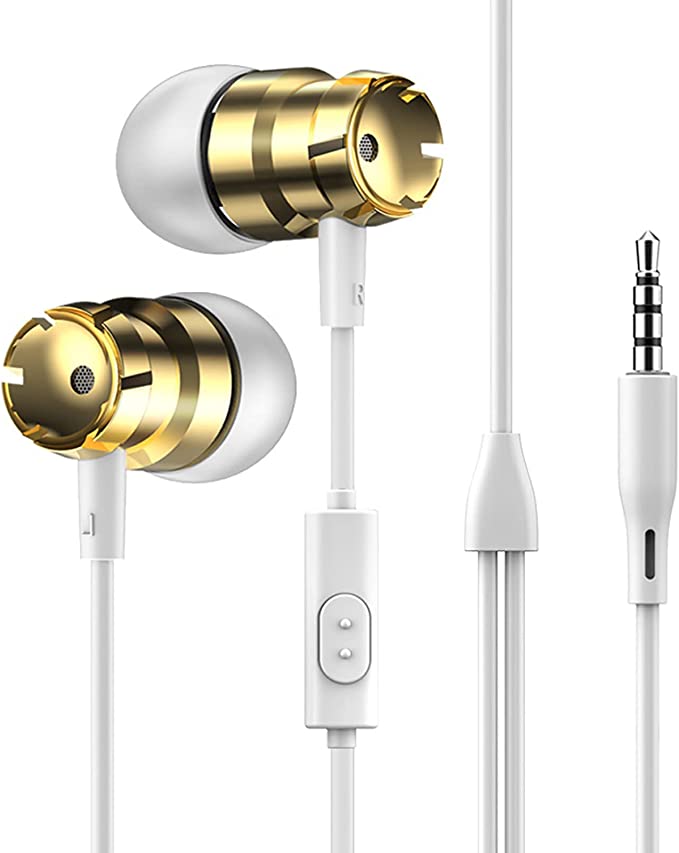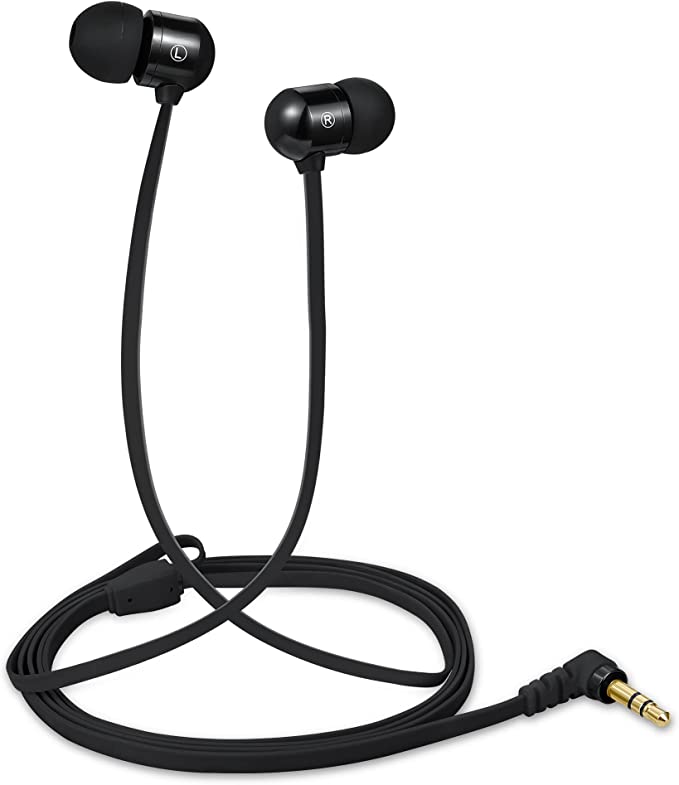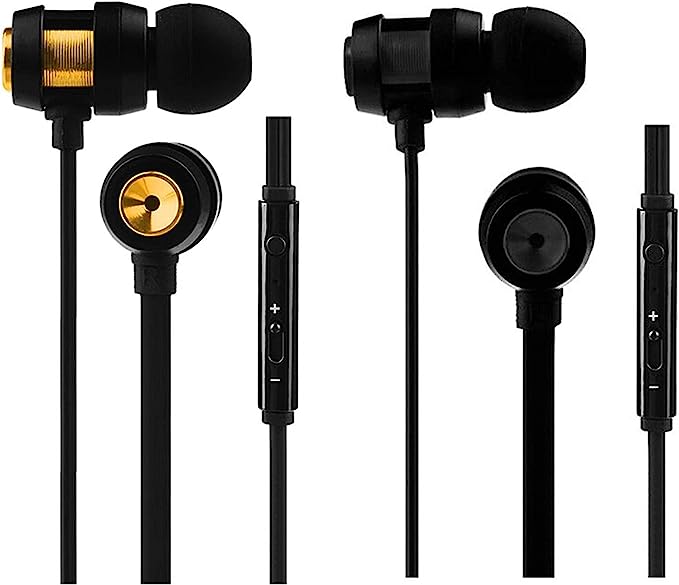sephia SP3030 Wired Earbuds: Exceptional Noise-Isolating Audio Immersion on a Budget
Update on June 28, 2025, 5:13 a.m.
In an age defined by the ethereal dance of Bluetooth pairing and the quiet anxiety of a dying battery, the humble headphone wire feels like a ghost from a bygone era. We’ve been conditioned to see it as a tangle-prone tether, a relic of inconvenience. Yet, sometimes, an object so simple and so affordable emerges that it forces us to reconsider. It prompts us to look past the marketing narratives and ask a more fundamental question: what if the wire isn’t a limitation, but a declaration of reliability?
Let us take as our specimen the sephia SP3030, a pair of wired earbuds available for less than the price of a movie ticket. On the surface, it’s unremarkable. But to dismiss it is to miss a masterclass in applied physics. We’re not here to review it, but to perform a kind of technical autopsy—to dissect its components and uncover the elegant scientific principles that allow it to defy the wireless zeitgeist. Our journey starts at the tip of its plug and ends in the heart of its sound.

A Fortress of Silence, Built from Physics
The first thing you notice upon fitting the SP3030 into your ears is the sudden hush. The sharp clatter of a keyboard, the distant traffic, the ambient hum of an office—they don’t vanish, but they recede dramatically, as if behind a thick pane of glass. This is not the eerie, processed silence of high-tech Active Noise Cancellation (ANC). This is something far more elemental: Passive Noise Isolation.
To understand the difference, imagine defending a castle. ANC is a sophisticated missile-defense system, using microphones to analyze incoming sound waves and firing opposing waves to neutralize them. It’s a constant, power-hungry battle of computation. Passive isolation, on the other hand, is simply building a better wall. It’s brute-force physics, and its elegance lies in its simplicity.
The SP3030 achieves this in two ways. First, its in-ear design physically plugs the ear canal. Second, and more critically, the selection of silicone and memory foam tips allows the user to create a near-perfect acoustic seal. This seal is the cornerstone. In physics, this creates a significant acoustic impedance mismatch. Think of it like a wave in the ocean crashing against a concrete seawall. The vast majority of the sound wave’s energy, unable to efficiently transfer into the high-impedance barrier of the earbud and sealed air, is reflected away. This method is exceptionally effective against high-frequency sounds, whose short wavelengths struggle to bypass physical barriers. No batteries, no processing, just a clever application of physical law.

The Heartbeat: A Tiny Engine Forged in a Magnetic Revolution
Once silence is achieved, the stage is set for sound. And the sound originates from a component no larger than a pea: the dynamic driver. This is the engine of the earbud, and its performance hinges on a quiet revolution that took place decades ago with the widespread adoption of neodymium magnets.
Before these powerful rare-earth magnets became common in the 1980s, creating powerful sound required large, heavy ferrite magnets, leading to the bulky headphones of the Walkman’s early days. Neodymium magnets, with their incredible magnetic field strength for their size, changed everything. They enabled the creation of tiny, lightweight drivers that could still move air with authority. The SP3030’s driver, whether the 9mm or 10mm version listed in its specs (a minor discrepancy), is a direct descendant of this legacy.
Here’s why that matters for the “deep bass” so many users praise. The driver works by passing an electrical current through a voice coil attached to a diaphragm, all suspended within the magnet’s field. The powerful neodymium magnet creates an intense and stable field, allowing it to exert immense, precise control over the coil’s movement. For deep bass, the diaphragm must move forcefully and rapidly to create strong low-frequency pressure waves. A weak magnetic field results in sloppy, muddy bass. A strong one, like that from neodymium, provides the tight, responsive control needed for articulate and impactful low-end sound. It’s the difference between a sluggish V6 and a high-revving V8 engine in a lightweight chassis.

The Chain of Integrity: From a Speck of Gold to a Metal Shell
An audio signal is a delicate thing, its purity dependent on the integrity of its entire path. The SP3030’s design acknowledges this in its material choices, extending from the earbud’s housing all the way back to the plug.
The sleek metal housing is more than a durable, stylish touch. It’s a crucial acoustic component. Every object has a natural frequency at which it prefers to vibrate, known as resonance. A flimsy plastic housing can easily resonate with certain musical frequencies, adding its own unwanted vibrations and “coloring” the sound in a way that muddies the detail. A rigid material like metal has a much higher resonant frequency, far outside the audible range, meaning it remains inert and acts as a stable, non-interfering cabinet for the driver. It ensures you hear the music, not the earbud itself.
And this brings us back to where we started: the 3.5mm plug. That glint of gold is a beautiful example of applied chemistry. Gold is not the single most conductive metal on Earth, but it is exceptionally noble. It is profoundly resistant to oxidation and corrosion. The copper in the wire and the contacts in your device’s jack are prone to forming a thin, insulating layer of oxide over time, which can degrade the signal. The gold plating acts as an incorruptible interface, a timeless handshake ensuring a clean, stable electrical connection, preserving the audio signal’s purity from source to driver, year after year.

The Elegance of the Essential
Our autopsy is complete. The sephia SP3030 is not a technological miracle. It is a quiet testament to something far more lasting: the power of soundly applied science. It achieves its satisfying performance not through complex algorithms or expensive chipsets, but through a deep understanding of acoustics, electromagnetism, and material properties.
In our relentless pursuit of the next wireless innovation, it’s easy to forget the profound elegance of the essential. The satisfying, definitive click of a wire finding its home isn’t the sound of obsolescence. It’s the sound of certainty—a direct, physical connection rooted in the immutable laws of physics. And in a world of digital ephemerality, that physical certainty is a value all its own.


